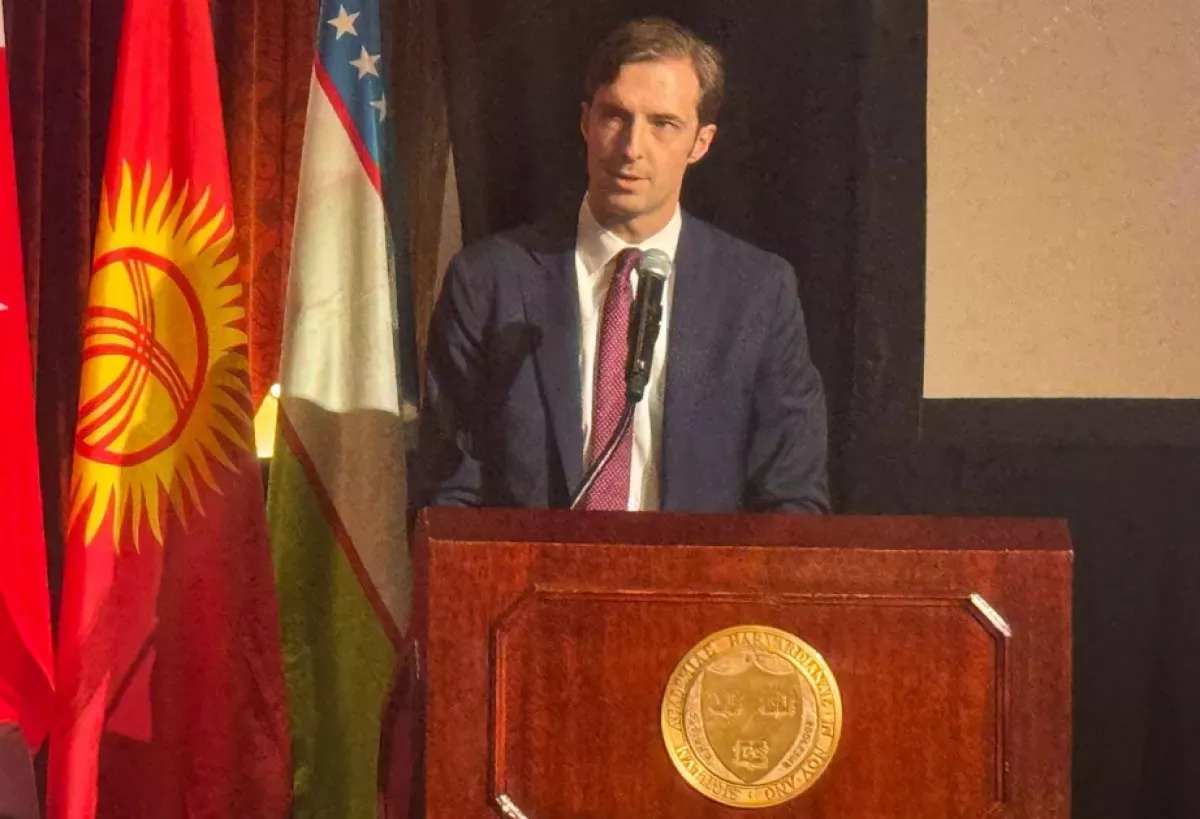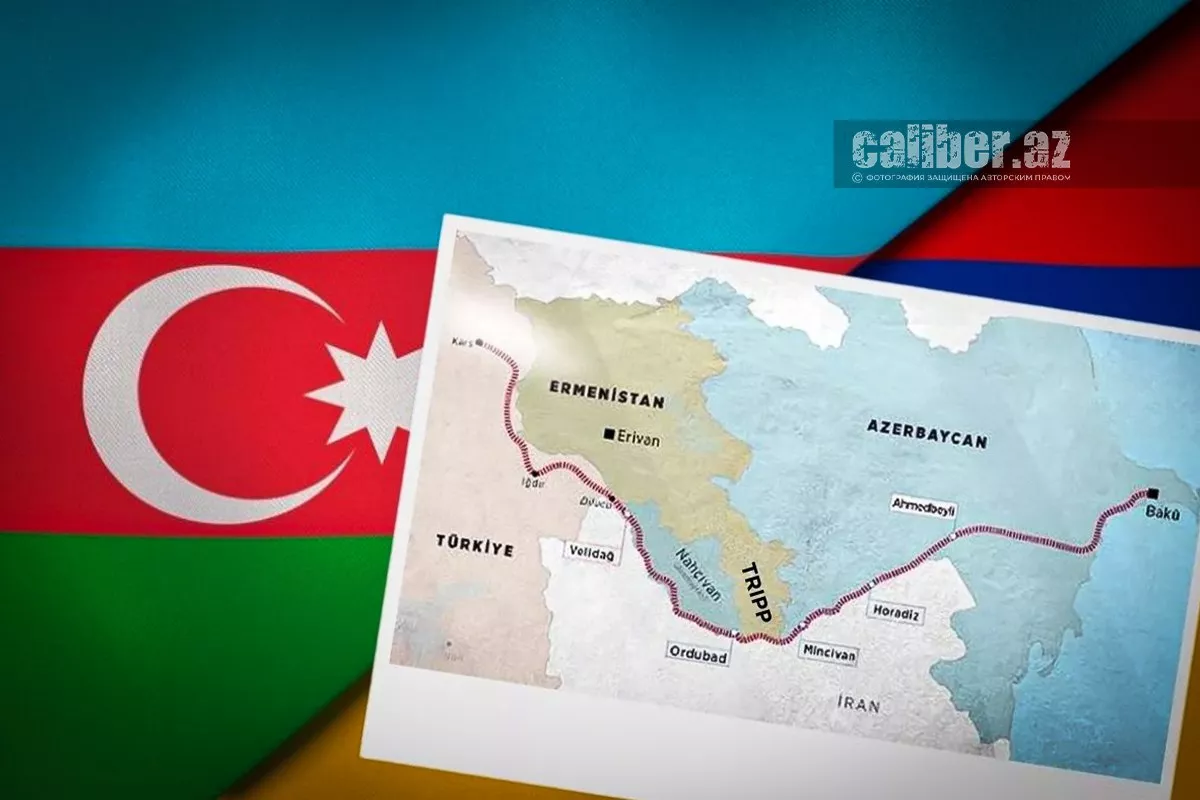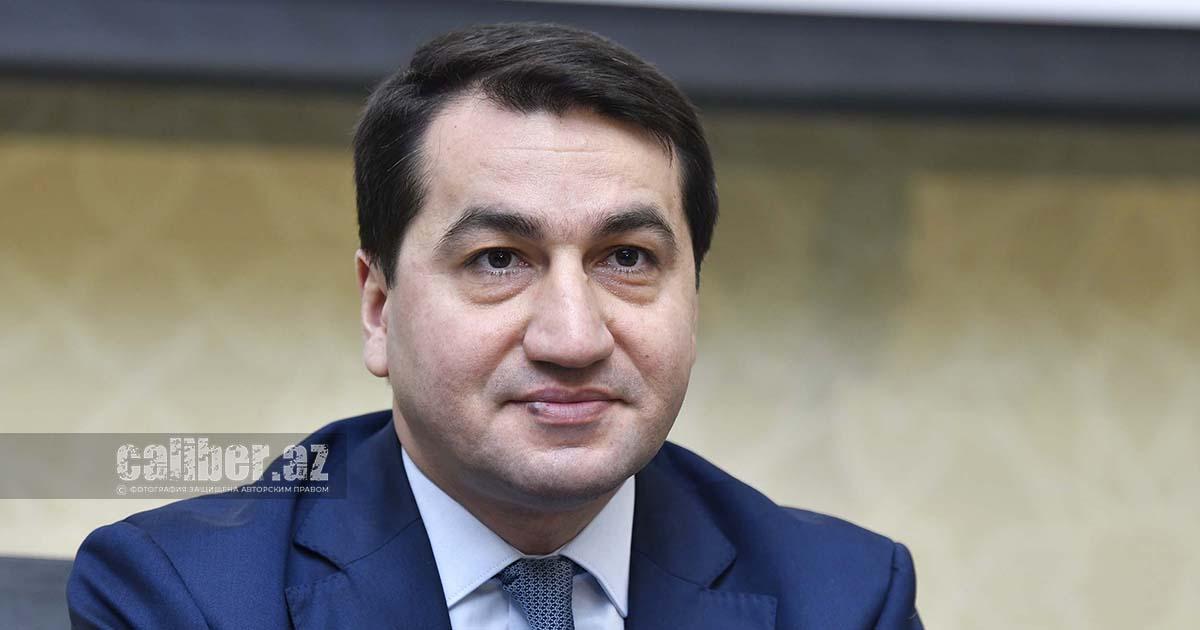Baku’s strategy: Laying foundation for new era in South Caucasus A region of peace and cooperation
For decades, the South Caucasus has been widely perceived by the international community as a region of chronic instability. At the heart of this instability was the Armenian-Azerbaijani conflict, rooted in Armenia’s territorial claims against Azerbaijan, which resulted in the occupation of Azerbaijani lands.
The now-defunct OSCE Minsk Group, established to resolve the conflict, largely served to maintain a status quo favourable to Armenia. Its co-chairing countries failed to take meaningful action to ensure justice. The absence of pressure on the aggressor allowed Yerevan to disregard UN Security Council resolutions, in clear violation of international law.
This situation changed thanks to the decisive and carefully planned policy of President Ilham Aliyev. His strategic vision and leadership brought a historic shift to the region: following the Patriotic War of autumn 2020, Azerbaijan liberated its occupied territories. Later, in September 2023, a swift counter-terrorist operation fully restored the country’s territorial integrity and sovereignty.
And the conflict that international mediators once deemed “unsolvable” was ultimately resolved through Baku’s determined efforts. Despite political manoeuvring, diplomatic obstacles, and the inaction of many world powers, Azerbaijan successfully asserted its legitimate rights, ushering in a new chapter in the history of the South Caucasus.
Today, the region is undergoing a transformation that, only a few years ago, would have seemed impossible. Leading this process, Azerbaijan—as the victorious nation—has presented Armenia with a constructive agenda, offering practical steps to reopen communications, boost trade, and integrate the region into international supply chains.

This approach has garnered support from the United States. Senior Advisor to the U.S. Deputy Secretary of State Caleb Orr highlighted on social media platform X: “The broader Caspian region, including South Caucasus & Central Asia, is a long-term focal point for U.S. foreign policy. It’s in our strategic interest to invest in and build on this region for many years to come.”
Such an assessment reflects the growing recognition that the South Caucasus is no longer a “problem region” but has emerged as a strategic corridor, facilitating connections between Asia and Europe, enabling the transport of energy resources, and opening new avenues for digital and financial integration. A cornerstone of this new architecture is TRIPP – the Trump Route for International Peace and Prosperity, established under a joint declaration signed on August 8, 2025 by the leaders of Azerbaijan and Armenia, in the presence of U.S. President Donald Trump.
The strategic importance of TRIPP was underscored by President Ilham Aliyev during his address to participants of the 6th Caspian Business Forum, titled “Connectivity, Finance, and Energy along the Middle Corridor,” organised by the Caspian Political Center. He emphasised that the route “will ensure uninterrupted connectivity between the main territory of the Republic of Azerbaijan and the Nakhchivan Autonomous Republic.”
“I am sure that TRIPP, to become the next crucial segment of the Middle Corridor, will serve as a key transport link connecting Asia and Europe, expanding the transit capacity for international cargo shipments, and contributing to the prosperity of regional countries as well as their integration into global supply chains,” President Aliyev stressed.
TRIPP transforms the South Caucasus into a vital transport link between Asia and Europe, expanding transit capacities and reducing global trade’s reliance on traditional routes. The corridor can carry hydrocarbons and electricity, including “green” energy, thereby enhancing the region’s role in the global energy balance. The installation of fibre-optic lines will also turn the South Caucasus into a digital communications hub, providing Europe and Asia with new channels for connectivity.

Most importantly, TRIPP underpins long-term peace, as its successful implementation depends on close cooperation between Baku and Yerevan, effectively preventing a return to confrontation.
The Middle Corridor offers a strategic alternative to traditional routes through Russia or the Suez Canal, making it especially valuable during periods of global turbulence. American strategists have explicitly recognised that investing in the South Caucasus and Central Asia aligns with the long-term interests of the United States. Europe, too, increasingly views the Middle Corridor as a key route for diversifying energy and transport links. Meanwhile, China, through its Belt and Road Initiative, has a vested interest in the stability and security of this corridor.
The strategic significance of the Middle Corridor was underscored at the 6th Caspian Business Forum in New York. In his address, Hikmet Hajiyev, Assistant to the President of Azerbaijan and Head of the Department for Foreign Policy Affairs of the Presidential Administration, highlighted that freight traffic along the corridor is expected to exceed 50 million tons. To support this growth, Azerbaijan is making substantial investments. “The handling capacity of the Baku port is currently 25 million tons per year, and work is underway to expand these capabilities,” Hajiyev noted. He also emphasised that, since 2020, construction has been ongoing on a railway linking Baku to Zangilan and the Armenian border, which is slated for completion by mid-2026.

“Work is also underway on the 42-kilometre section of the Zangezur Corridor located on Armenian territory, with the participation of our partners from the United States. The third segment covers Nakhchivan, where additional investments are being made, and we are inviting other international partners, including European countries, to cooperate,” Hikmet Hajiyev stated.
Thus, thanks to the brilliantly conceived and executed strategy of Azerbaijan’s President Ilham Aliyev, the country achieved a historic military victory. As a result, the South Caucasus has ceased to be a zone of confrontation and is becoming a space of peace and development, serving as a strategic bridge between global centres.








